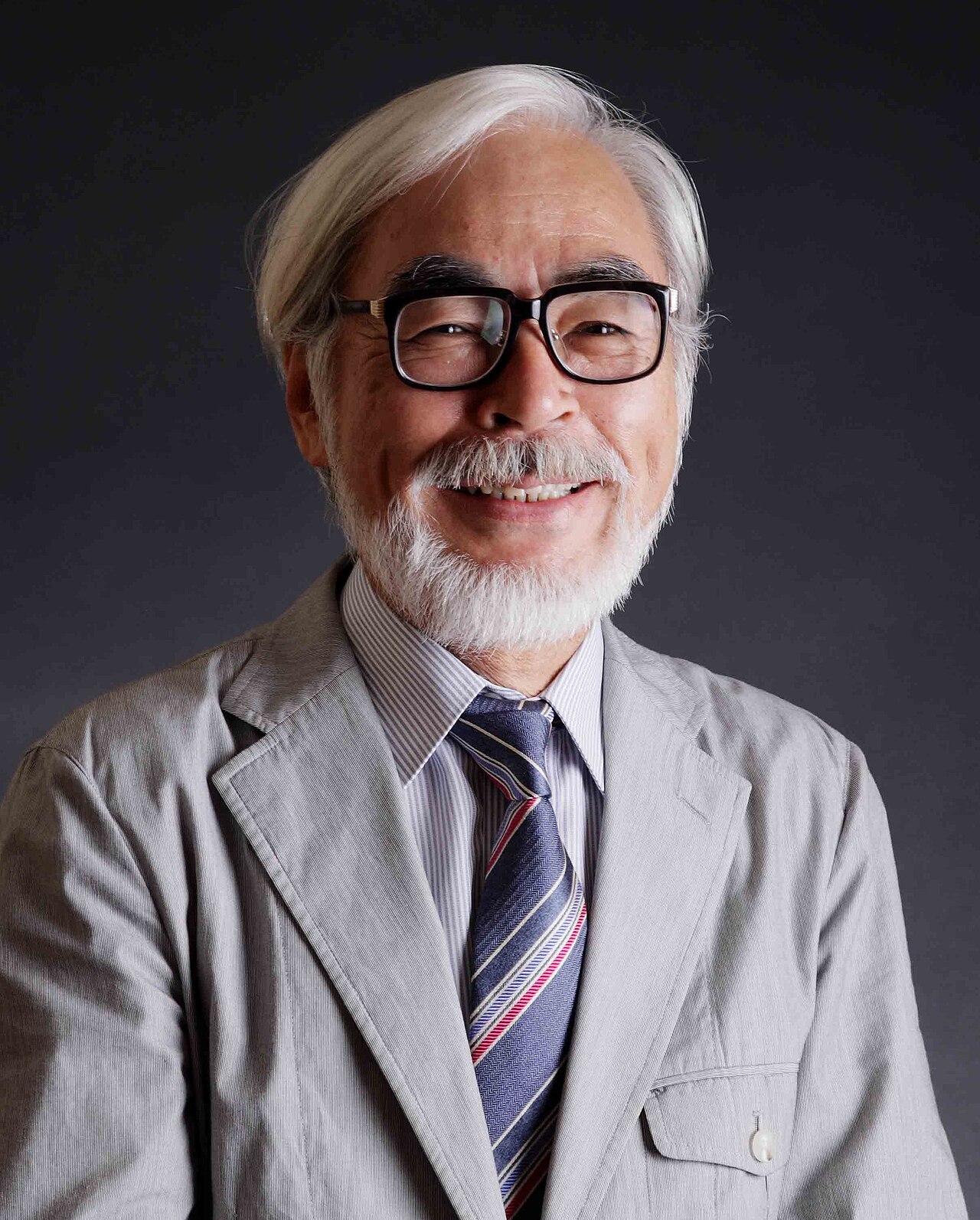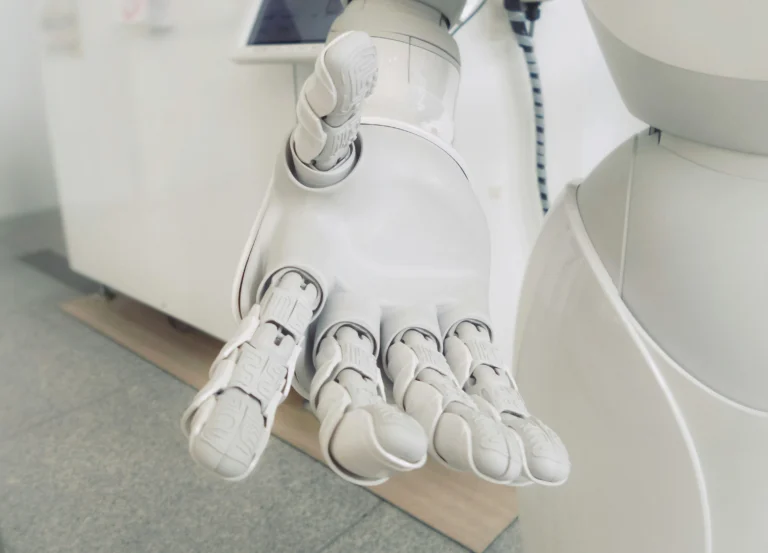
A Legacy of Dreamlike Worlds
Studio Ghibli, Japan’s beloved animation studio, is famous for its breathtaking hand-drawn animation, magical storytelling, and deeply human themes. Founded in 1985 by Hayao Miyazaki, Isao Takahata, and producer Toshio Suzuki, the studio quickly became a household name with blockbusters like My Neighbor Totoro (1988), Spirited Away (2001), and Howl’s Moving Castle (2004).
Miyazaki’s artistic vision is the key to Ghibli’s success. His insistence on hand-drawn animation and detailed backgrounds gives his films a timelessness and naturalism. Unlike the sterile perfection of CGI, Ghibli’s artistry has a breathing, living quality—every brushstroke charged with emotion, every shot bursting with detail.
The studio’s environmental themes, coming-of-age stories, and blurring of fantasy and reality have struck a chord with generations. Princess Mononoke examines the effects of industrialization on the natural world, while Kiki’s Delivery Service is a humble but deep exploration of self-reliance. The attention to the small things of life—grass rustling in the wind, dust settling in a vacant room—lifts the animation above the level of mere entertainment.
How AI is Bringing Ghibli-Style Animation to Life
Though Ghibli’s magic originates from the depths of the human mind, AI technology like ChatGPT and DALL-E is revolutionizing the world of digital art creation. OpenAI has integrated image-generation functionality into ChatGPT, allowing users to create stunning AI-generated art simply by describing their imagination in words.

Need a Ghibli town in the mountains? A couple of questions in ChatGPT: You’ll have an AI-produced image that looks like the soft, pastel hues of Miyazaki’s universe. This technology makes the potential of digital creativity accessible to all, skilled or not.
The recent developments in AI-generated art are:
- Enhanced texture modeling, giving images a more natural appearance.
- A deeper understanding of art styles allows AI to imitate classic aesthetics.
- Interactive refinement enables users to change facts in real time.
The Hidden Cost: How AI is Affecting OpenAI’s Infrastructure
The rapid increase in AI images is imposing a massive burden on OpenAI’s computing resources. Huge AI models consume massive amounts of energy, big data centers, and high-performance GPUs to train and execute. Each image contributes to the burden, adding energy consumption and raising the issue of AI’s carbon footprint.
Furthermore, as more demand is created for AI-created images, OpenAI finds it difficult to reconcile access with sustainability. As AI tools democratize creativity, they also question whether limitless digital creation is sustainable.
The Ethical and Legal Implications of AI-Generated Art
AI art also has a myriad of ethical and legal concerns. AI models, having been trained on existing artwork, are criticized by some for borrowing heavily from real artists without their consent. This raises questions about:
- Intellectual Property Theft: AI-generated images often mimic existing artists’ styles, raising legal questions about originality.
- Job Displacement: As better images are created by AI, businesses can displace human illustrators with lower-cost AI software.
- Authenticity in Art: Will AI-generated art ever be as significant as something that has been created by human hand?
Miyazaki’s Perspective: An Insult to Life
Hayao Miyazaki, arguably one of the greatest animation directors of all time, has been vocally opposed to AI-generated content. In a now-infamous interview, he referred to AI animation as “an insult to life itself.” For him, art is born out of human experience, toil, and emotion—something that AI can never aspire to.
His philosophy is deeply based on an enduring respect for traditional craftsmanship. The Ghibli animators spend years learning their craft, hand-painting every frame with unflinching dedication. Miyazaki’s films honor the elegance of human imperfection, while AI art is aimed at algorithmic perfection—an absolute contradiction to his artistic philosophy. In his universe, the devaluation of traditionally hand-drawn animation to AI-generated images devalues the creative process. If the arts become too easy, are they worth the same?
Video Source: Hayao Miyazaki’s thoughts on an artificial intelligence
AI Art and the Loss of Human Effort
Essentially, art is expression and struggle. It is the process—whether it is drawing a scene or papering over mistakes—that gives the final product meaning. AI-generated images, as stunning as they are, skip that complex process.
This is catastrophic for artists. They spend years honing their skills only to have the same done by AI in a matter of seconds. This results in:
- Undervaluing of creative work—Why pay an artist when a machine can do it for free?
- Loss of human touch—AI is deprived of the deep emotional affinity humans share with art.
- Over-saturation of art—If art is boundless and instant, then it stands to lose its effect.
What awaits us in the future?
Computer art has firmly rooted itself, but its role is still ambiguous. Will it be used as a tool to supplement human imagination, or will it displace the conventional art form completely? The answer lies in the importance society gives to human effort.
The next decade will see:
- Increased legal safeguards for creators.
- Hybrid workflows in which AI supports, but does not replace, artists.
- A cultural reaction against mass AI art, just as with the resurgence of vinyl records and analog photography. Miyazaki’s universe, created with painstaking detail, is far removed from the instant gratification of AI. But there is one axiomatic thing: Whereas AI might create art, it can never capture the essence of an artist’s soul.
The journeys of humanity and AI are now deeply intertwined. We are witnessing one landmark event after another, each pushing the boundaries of what machines can achieve. From self-driving cars to sophisticated medical diagnostics, AI is rapidly transforming our world.
Conclusion Remarks
The work of Studio Ghibli is a testament to the human heart of perseverance and love. With AI-generated images holding so much promise, they also threaten the very nature of creating art. The question of AI and art is not one of technology—it’s one of what it is to be human.
As Miyazaki once said:
“We need to care more about the way we live, not about what we produce.”
